While digging is often something all dogs find appealing, certain breeds are more predisposed to the behavior than others. Unfortunately, many owners find digging to be a big problem, especially when yards are ruined or dogs escape from underneath fences and gates. So if you think digging is going to be a nuisance to your home, you might want to reconsider the breeds listed here:
#1 – Cairn Terrier
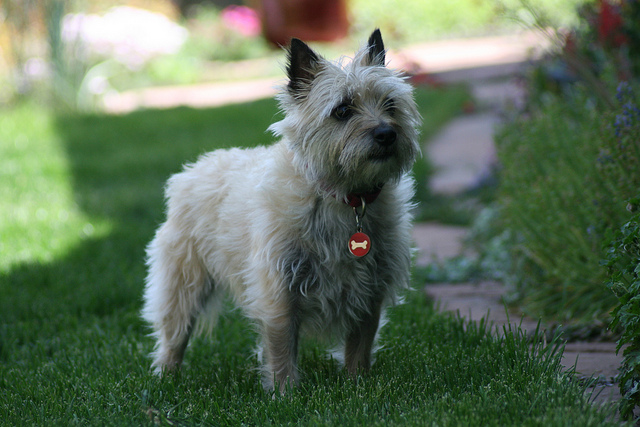
Cairn Terriers are small terriers from Scotland and true to any terrier breed they love digging. Originally bred to chase and hunt small game, they have maintained their excellent digging skills and their instint to search.
#2 – Bedlington Terrier

Although it looks more like a lamb than a dog, the Bedlington Terrier is an English breed that was originally used for vermin hunting in mines. Because of this, they’ve maintained their digging instincts and the ability to tear up yards and gardens if not sufficiently exercised.
#3 – Dachshund

The Dachshund was bred to dig, having short legs so it can reach into burrows for badgers and other small game. This German breed is very active and can become a nuisance digger if not properly stimulated.
#4 – Basset Hound

The Basset Hound is low to the ground because it was bred to dig into burrows and holes for its prey, making it an excellent breed for digging. Despite its dopey nature, the breed has maintained an instinct to dig and burrow looking for game.
#5 – Jack Russell Terrier

The Jack Russell Terrier was originally used for fox hunting and needed digging skills to reach and fight their prey in their homes burrowed deep in the ground. They are very active and intelligent dogs that have high prey drive and digging instincts, so they can become a nuisance if not properly entertained.
#6 – Beagle
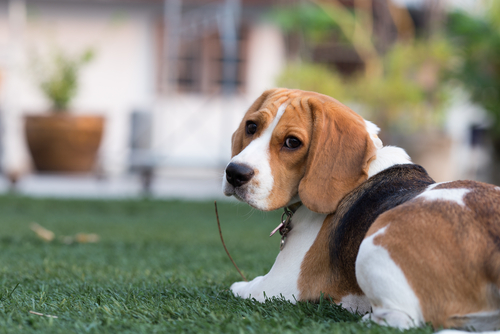
Beagles are known to be one of the best rabbit hunting dogs still in existence today and its digging instincts have remained very intact. They are very widely used to catch rabbit and hare by chasing them on land or underground in their burrows.
#7 – Bloodhound
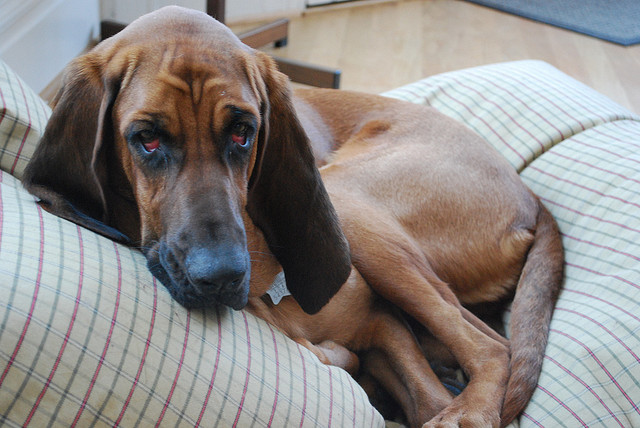
The Bloodhound is a very large scenthound originally used to track deer, boar and other large game. Although not used often to reach into burrows, the breed does have a tendency to dig when they become bored.
#8 – Siberian Husky
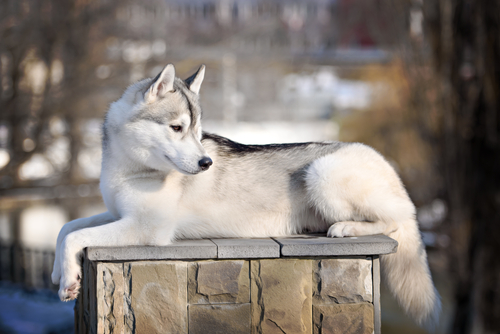
Siberian Huskies are known to dig a lot in warm weather because they can uncover cooler ground. They are also active dogs that get bored easily when not properly exercised and the digging can increase to all times of year.
#9 – Border Terrier
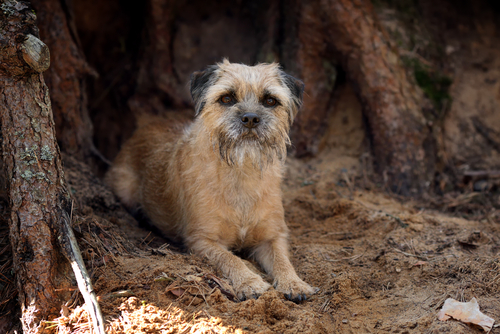
The Border Terrier was used for fox hunting and was prized for its ability to keep up with larger foxhounds and its use for fitting into burrows. Because of its heritage, the breed has strong digging instincts and can become a nuisance.
#10 – Chow Chow
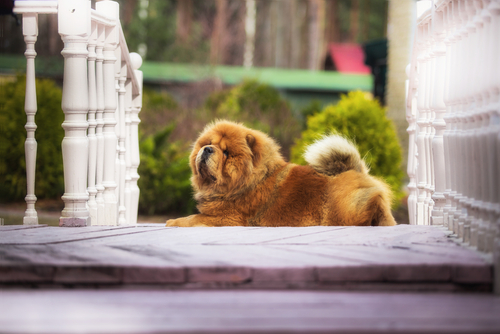
Like the Siberian Husky, the Chow Chow will dig most often in warmer weather to try and keep cool. It is a primitive breed that has kept its instinct for self-preservation, such as digging.
#11 – Miniature Schnauzer
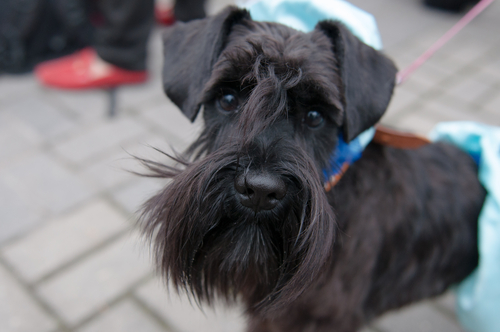
The Miniature Schnauzer is a German terrier-type dog that was used as an all-purpose farm dog. This job included ratting, which means that the breed has strong digging instincts in order to catch its prey.
#12 – Wirehaired Pointing Griffon
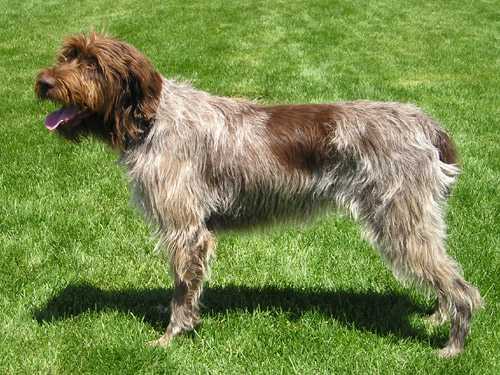
The Wirehaired Pointing Griffon is a large gundog originating in Germany and the Netherlands. Although relatively rare in many places, the Wirehaired Pointing Griffon excels as a sporting dog. It is a very active breed that can become destructive with digging when not properly exercised.
#13 – Alaskan Malamute
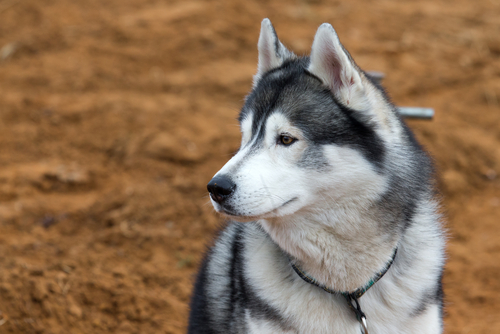
The Alaskan Malamute is another northern breed known for digging when the weather gets too hot. Because they have thick coats to protect them from the cold, burrowing into cooler dirt often keeps them much more comfortable.
#14 – West Highland White Terrier
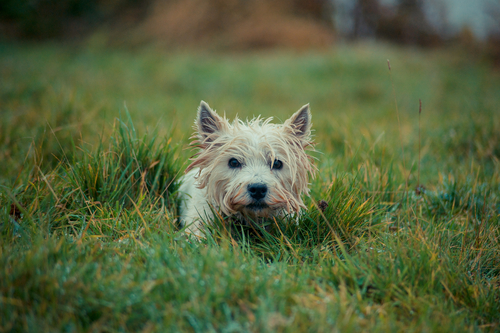
The West Highland White Terrier, or Westie, is an active terrier breed originally used for hunting small rodents on farms. This created an instinct for digging to reach their prey and the breed still uses its instinct today.
#15 – Australian Terrier
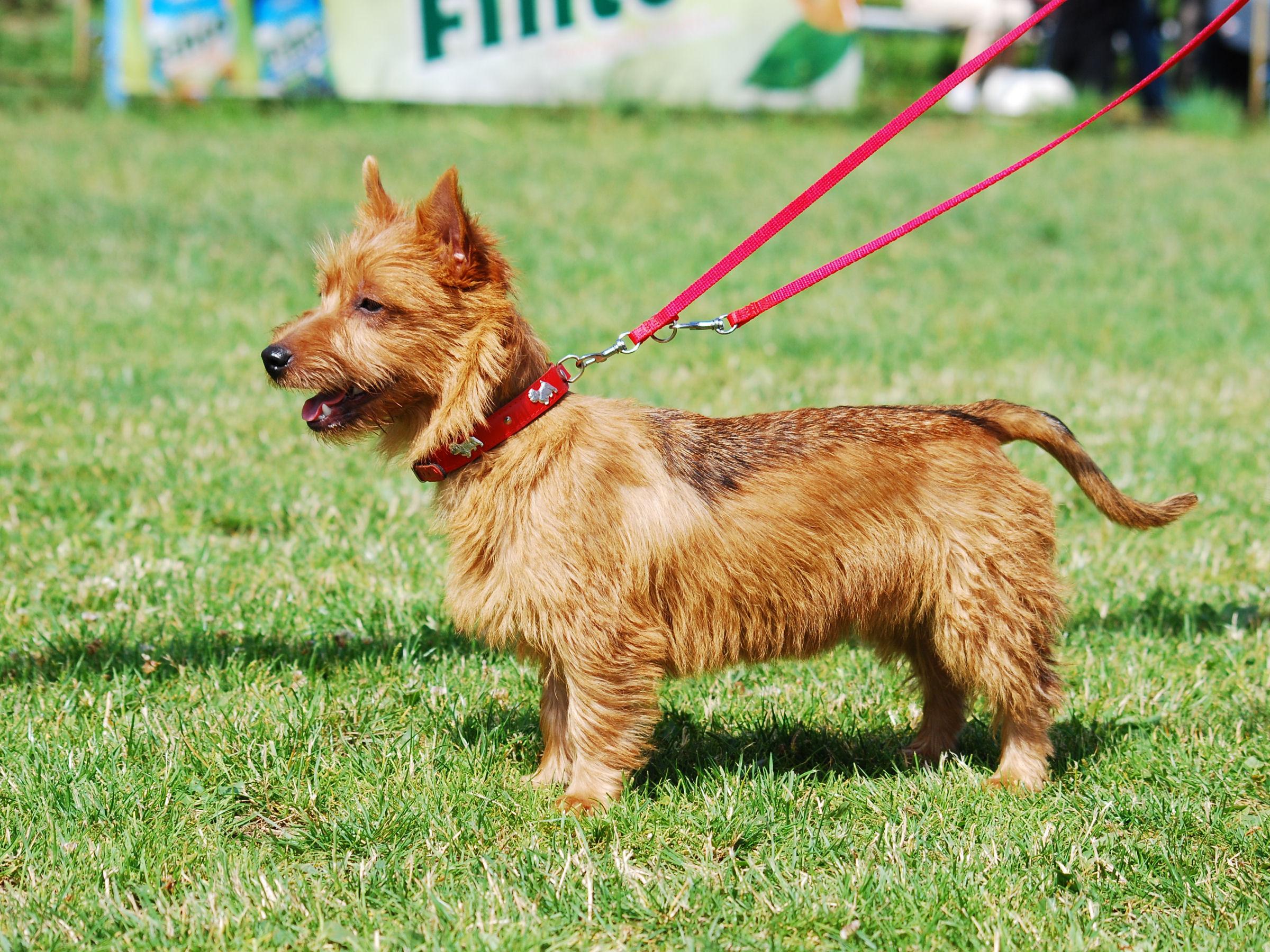
Like the other terriers, the Australian Terrier has a strong digging instinct and it can become a nuisance when the breed is not properly exercised. Its ancestors were bred to eliminate rats, mice and other vermin and the breed must dig to find its prey.
 Toledo, United States.
Toledo, United States.